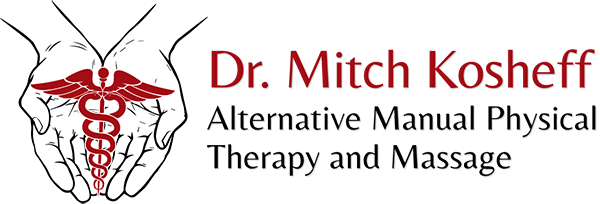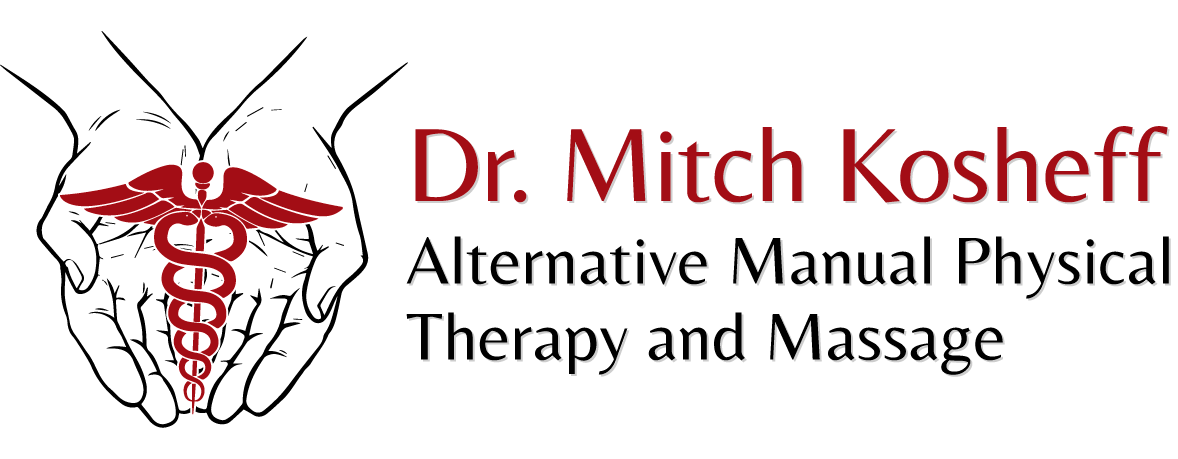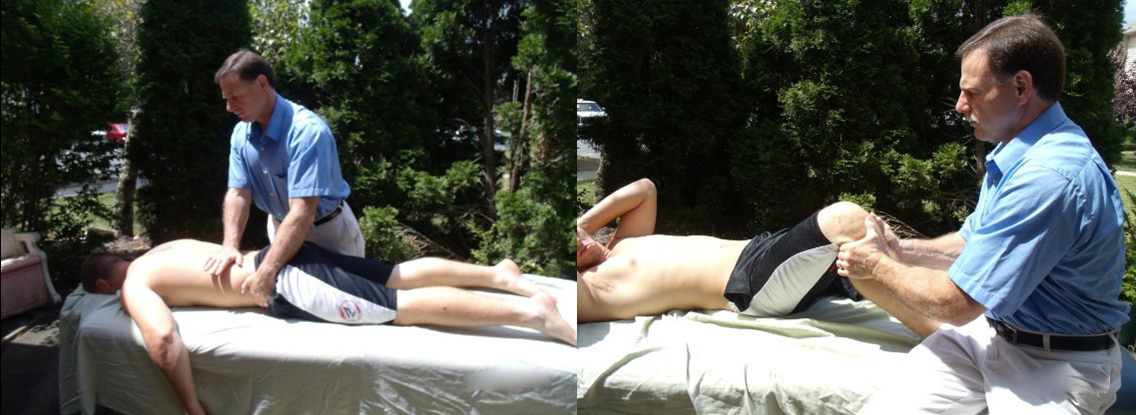Over 50 million Americans suffer from chronic pain issues. Pain is a very complex topic and there are many factors that contribute to pain. One factor that can contribute to pain are impairments in body regions that are elsewhere from where one has pain; even if there is no pain where the impairments are in the other areas. This has been observed in people with long term chronic pain issues as well as with people who had a sudden onset of pain without any known cause.
How Can One Body Region Affect Another?
What is first important to understand is that each of the body regions (neck, mid back, lower back, buttocks, arms, legs, etc…) are interdependent upon each other. This means that an action or movement in one body region requires activation of joints and muscles in other body regions to support the action. So when we move and function, we never move or function as a single muscle or single joint. But rather the entire body moves and functions as an entire unit. Even in the simple act of lifting your arm, its not just your shoulder joint or shoulder muscles that is working, but that your shoulder blade glides down and the extensor muscles in your entire spine, your gluteal muscles, and even your hamstrings are firing to keep you from falling foreword when you lift your arm. Therefore, given the interdependency of one body region to another, it is quite possible that an impairment in one body region may be what is driving the pain one may have in another body region.
So, how can an impairment in another body region not be painful but cause pain elsewhere?
The answer is simple, compensation. Let’s say the impairment in one body region is either a stiff joint, muscle tightness, or decreased muscle strength. One would tend to compensate for that impairment. And in that compensation, you would have changed your posture, your muscle firing pattern, and your movement pattern all preventing pain at the impairment site. This would result in placing increased stress on other body regions causing pain over time. And we have found this to be especially true in those with long term chronic pain issues as well as in those who had a sudden onset of pain without any known cause; you either woke up one day with pain, or you were doing an activity that you usually do with nothing being any different and then your pain came on.
Identifying Impairments Causing Pain
When evaluating a long-term pain condition, or a sudden onset of pain without any known cause it is important for the clinician to perform whole body movement screening to look for impairments anywhere throughout the body that may be contributing to your pain and loss of function. This is important as the source of what is driving your pain may be in a body region different from where you are feeling pain.
About the author: Dr. Mitchell Kosheff is the owner and operator of Alternative Manual Physical Therapy And Massage, LLC. He is a clinical doctor of physical therapy. He is also a certified specialist in manual therapy, a diploma graduate-program in fascial manipulation, a clinical instructor, and cross licensed as a massage and bodywork therapist. He performs whole body movement screening along with manual diagnostics to find impairments throughout the body that contributes to and/or causes pain, restricted range of motion, decreased muscle strength and loss of functioning. He blends manual and manipulative therapies with custom tailored exercise programs to help clients stabilize and strengthen what Dr. Kosheff identified and corrected with his hands. He provides services in and around the Ocean County, Monmouth County, and Mercer County NJ areas, treating clients one on one in the privacy of their homes- he brings the clinic to you!


